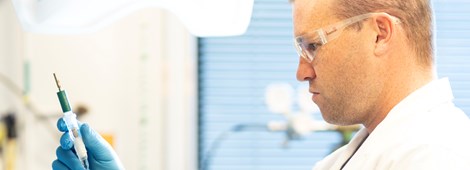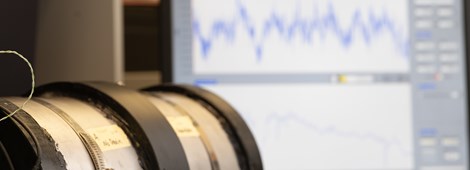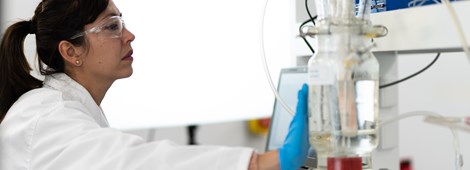Corrosion Inhibitor Testing
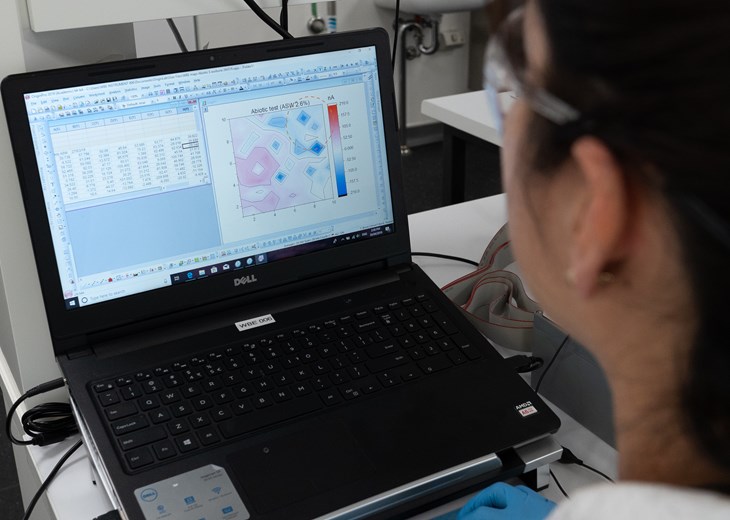
Overview
Corrosion inhibitors are chemicals used to mitigate corrosion upon their addition to corroding systems. The addition of effective corrosion inhibitors can be an economical approach that allows the use of carbon steel or low alloy steels in the corrosive conditions, avoiding the use of more expensive alloys. The evaluation of corrosion inhibitors and understanding their mechanisms is necessary to:
- validate corrosion inhibition efficiency at reducing corrosion severity
- determine the compatibility of corrosion inhibitors with the production fluids and other chemical additives present the same systems.
- understand the interactions of corrosion inhibitors with the metallic substrate along with synergistic effects of the chemical compounds within a corrosion inhibitor formulation.
Corrosion inhibition research facilities
Corrosion inhibitor research and testing facilities at the Curtin Corrosion Centre enable thorough corrosion inhibitor evaluations, ranging from corrosion rate measurements to compatibility testing. The Curtin Corrosion Centre aims to evaluate and improve the mitigation strategies currently used in conventional industry practices.
The world-class facilities at the Curtin Corrosion Centre and other Centers at Curtin University allow advanced investigations of structure-activity relationships of corrosion inhibitors, including sub-micron analysis of surface films formed under extreme corrosive conditions.
Corrosion inhibition under simulated operating conditions
The research facilities at the Curtin Corrosion Centre allow us to simulate the following operating conditions:
- Corrosion at base metals, welds and heat affected zones (Weld Tester, ACM Instrument).
- Corrosion in the presence of stagnant sand layer (under-deposit) and sand flow.
- Top of the line (ToL) corrosion
- Sweet (CO2) and sour (H2S) corrosion.
- Rotating cylinder electrode (corrosion rates determine from electrochemical measurements). Test conditions: atmospheric pressure, temperature up to 80°C, equivalent shear stress up to 15-20 Pa.
- Rotating blade electrode (corrosion rates determined by weight loss). Test conditions: pressure up to 20 bar, temperature up to 200°C, equivalent shear stress up to 50 Pa.
- Jet impingement cell (UNS N10276, corrosion rates determine from electrochemical measurements). Test conditions: pressure up to 20 bar, temperature up to 175°C, equivalent shear stress up to 1000 Pa.
- UNS S31603 and UNS N10276 Parr instrument pressure vessels for simulating high pressure/high temperature and moderate shear stress conditions (max. pressure 2900 psi (200 bar) and temperature up to 350°C.
The test procedures and certain conditions can be altered to fit the purpose by utilizing our range of the test equipment below.
Corrosion inhibition performance, mechanisms, and compatibility
Corrosion inhibition performance and mechanisms
A combination of in-situ and ex-situ post-exposure analyses are utilised to verify its inhibition efficiency and to elucidate the corrosion inhibition mechanisms. Typical test methods include:
- In-situ inhibitor performance evaluation
- Standard electrochemical methods - Linear polarisation resistance, potentiodynamic and potentiostatic measurements
- Advanced electrochemical methods - Electrochemical impedance spectroscopy (EIS) and electrochemical noise (EN) analysed via recurrence quantification analysis and machine learning methods
- Atomic force microscopy to evaluate morphology, thickness and strength of the corrosion inhibitor film
- Fourier-transform infrared spectroscopy (including mapping mode) to determine surface coverage by the corrosion inhibitor film (homogeneity of the film) and preferential adsorption sites of the inhibitor molecules at the steel substrate
- Post-exposure (ex-situ) performance evaluation of corrosion inhibition measures using weight loss method for general corrosion assessment; and surface profilometry (laser and optical microscopy) for localised corrosion assessment.
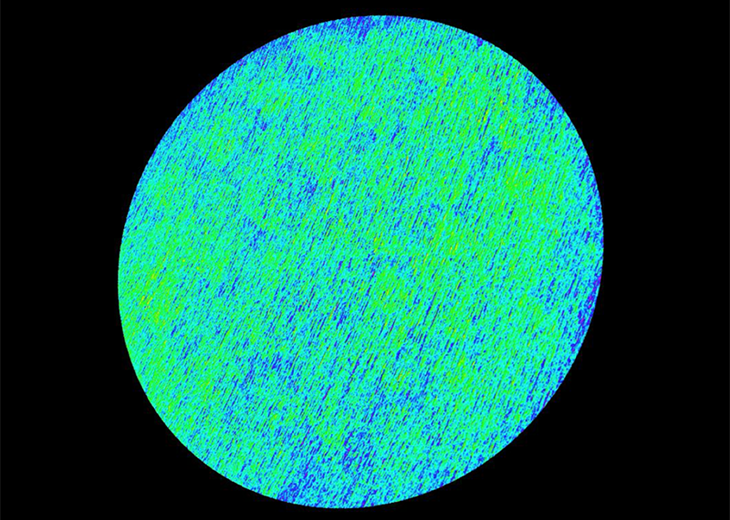
Compatibility testing
The addition of corrosion inhibitors may alleviate the corrosion severity but may cause process problems such as emulsion and foaming, which complicate the separation of hydrocarbon from the aqueous phase. Moreover, incompatible chemical treatments can result in the degradation of the non-metallic components used in seals, joints, and gaskets, etc.
The secondary performance of corrosion inhibitors can be as equally important as their inhibition efficiency. Therefore, determining the compatibility of candidate chemical treatments before use in service is paramount!
The Curtin Corrosion Centre works closely with both operators and chemical vendors to assess the efficacy and the compatibility of corrosion inhibitors, biocides, and chemical cocktails. The followings tests are routinely conducted at the Curtin Corrosion Centre per relevant industry and international standards.
- Compatibility with metallic materials
- Compatibility with non-metallic materials
- Foam test
- Emulsion test
- Sticky deposit
- Storage stability
- Solvent loss
- Solubility and solvent compatibility test
- Thermal stability test
- Oil/water partitioning test
- Aging test

